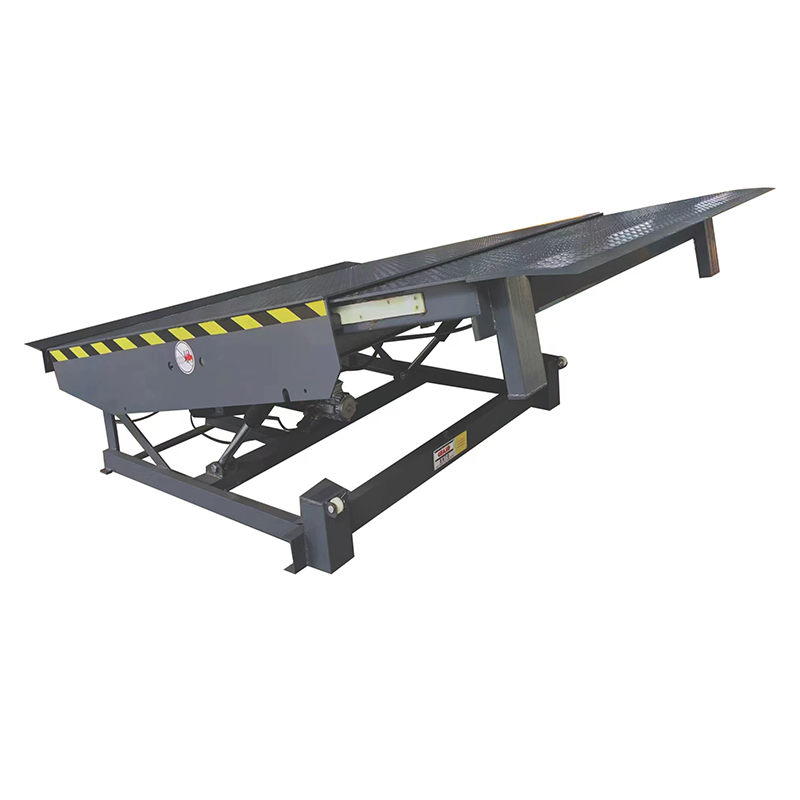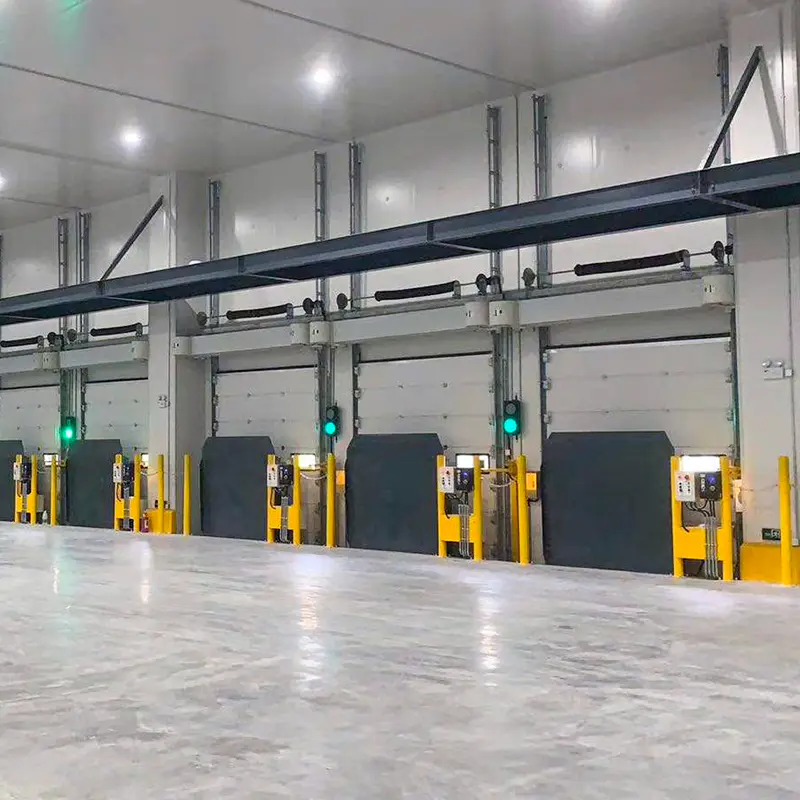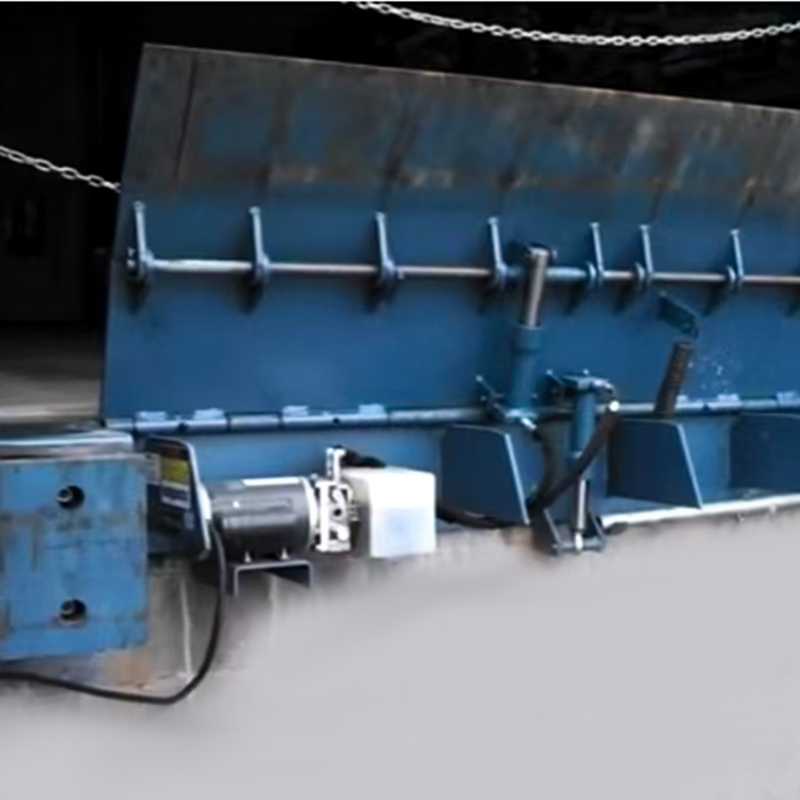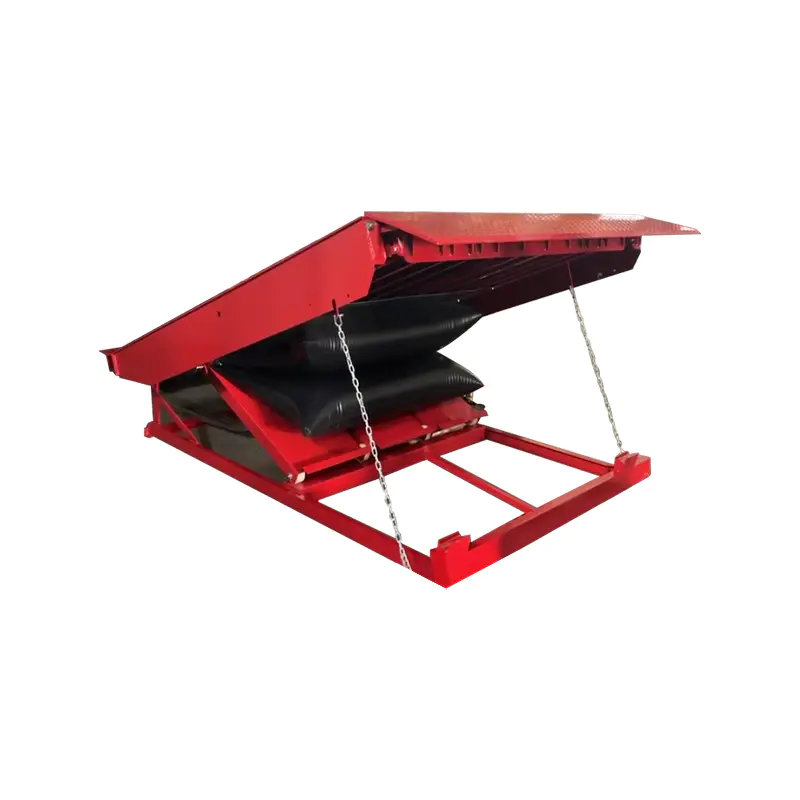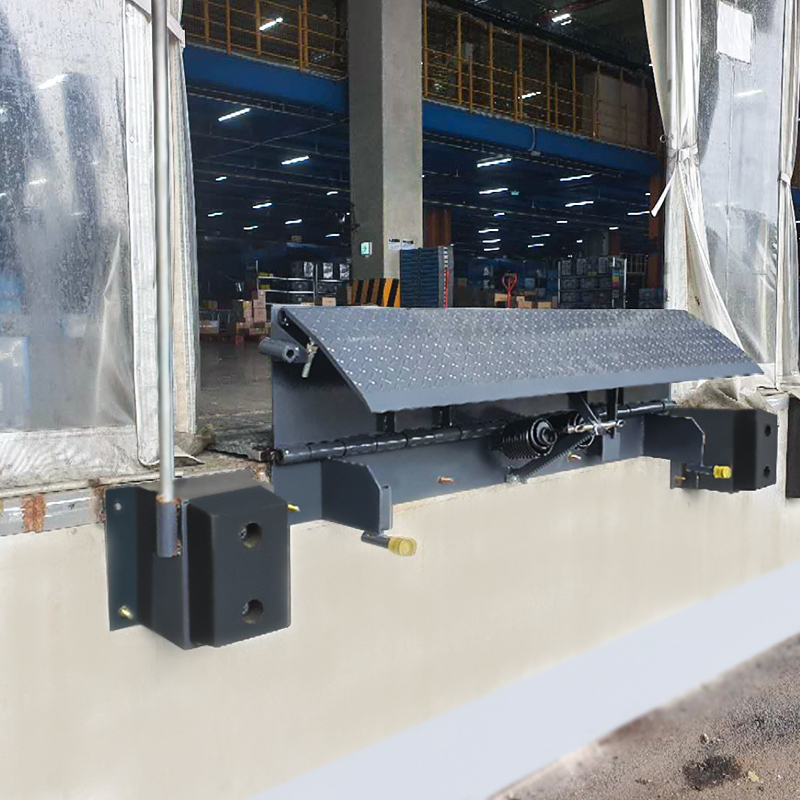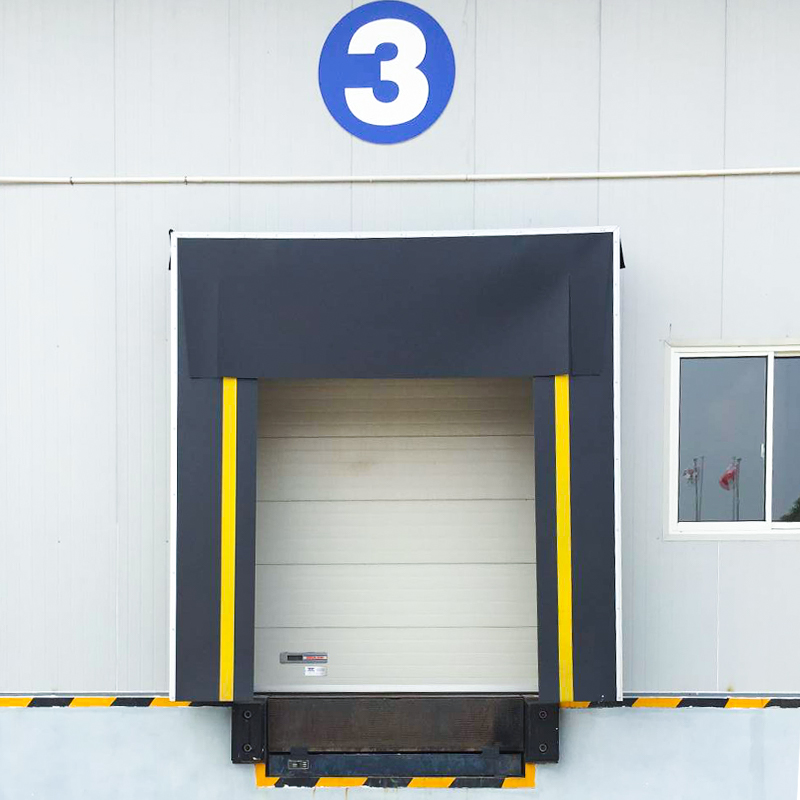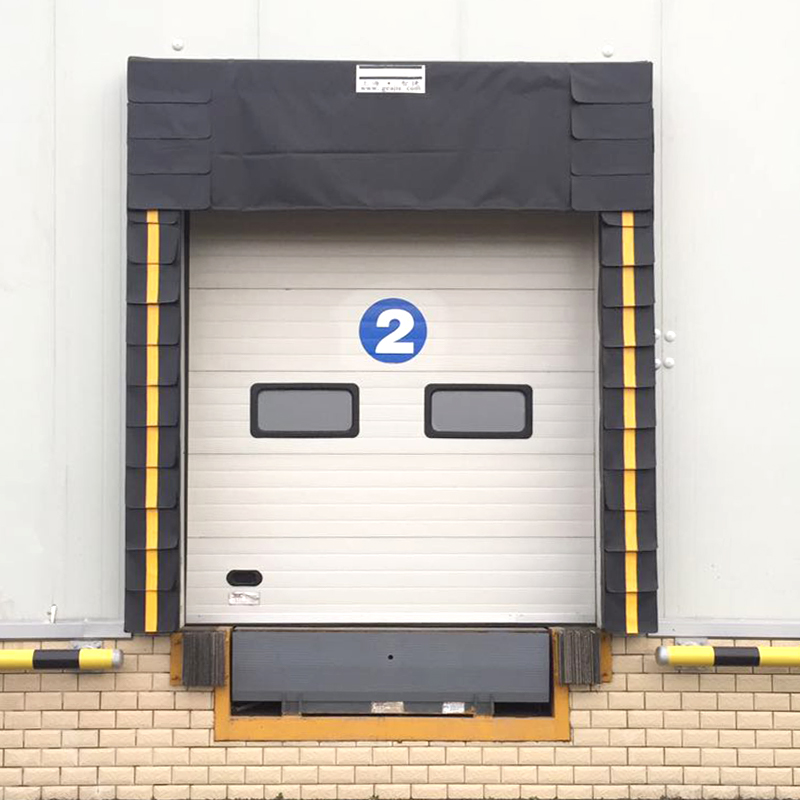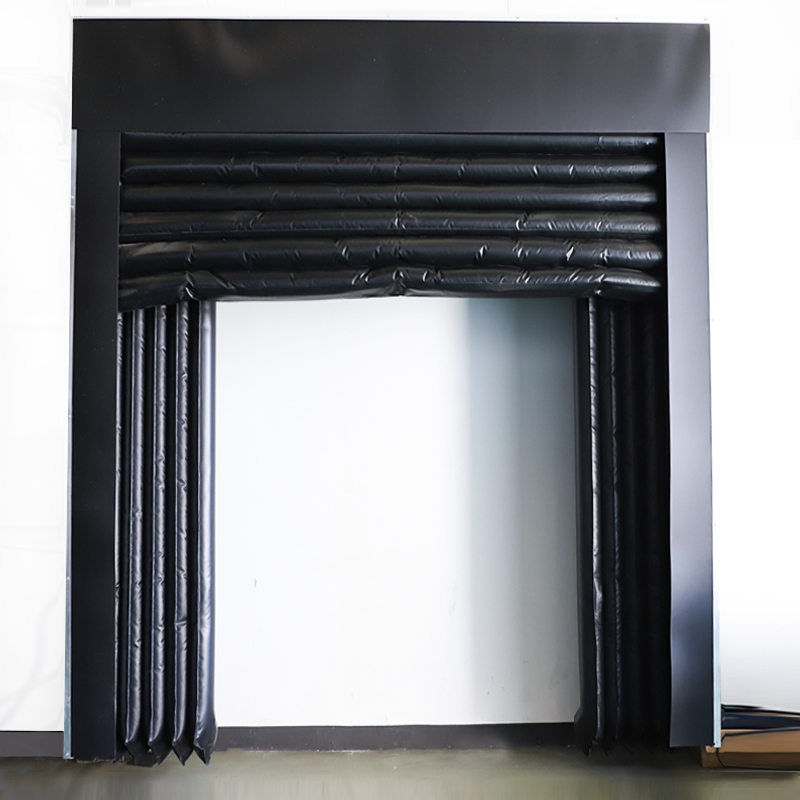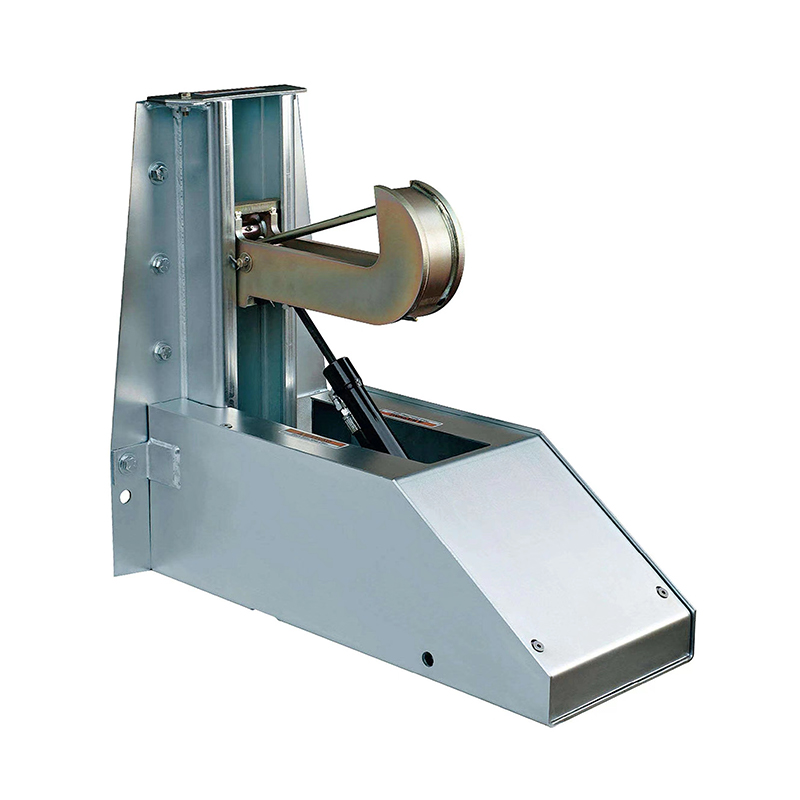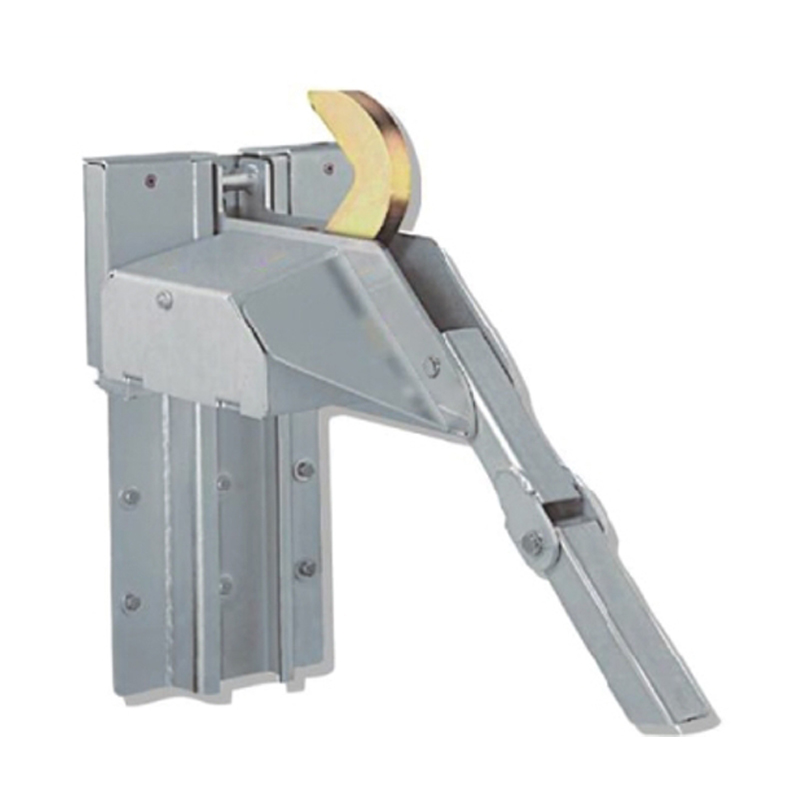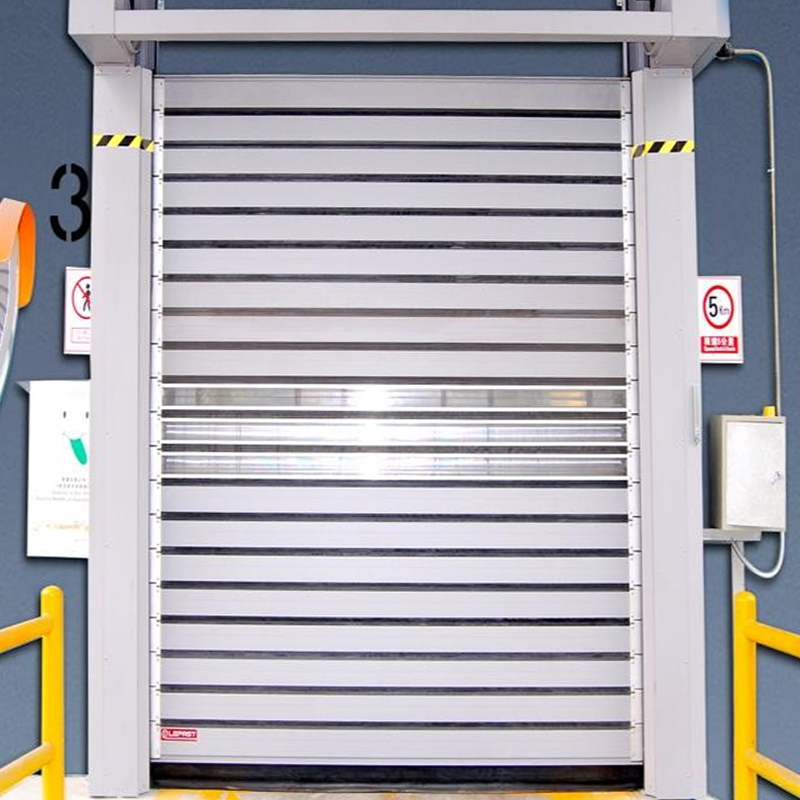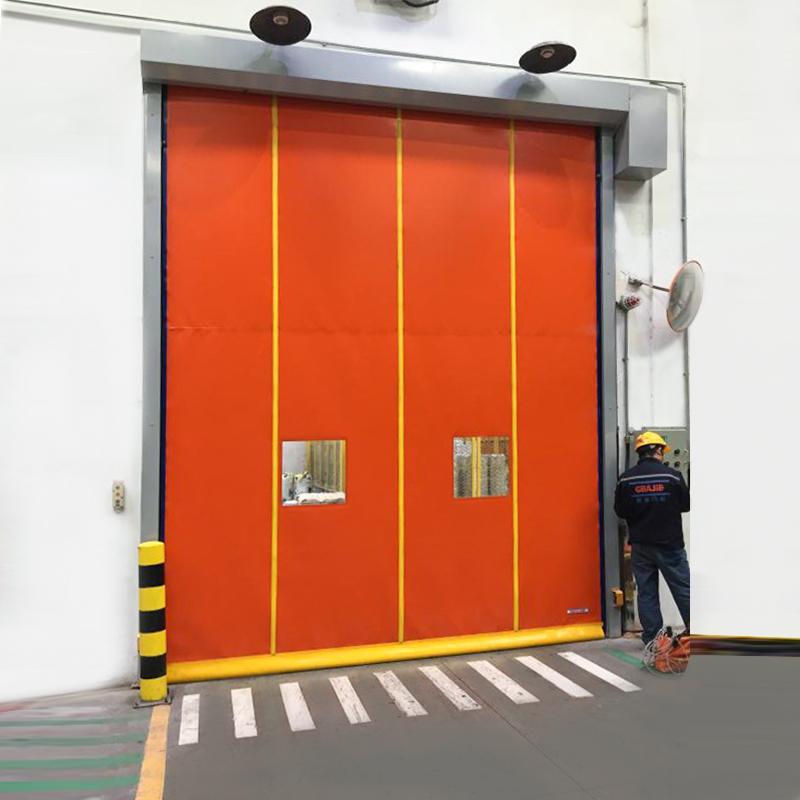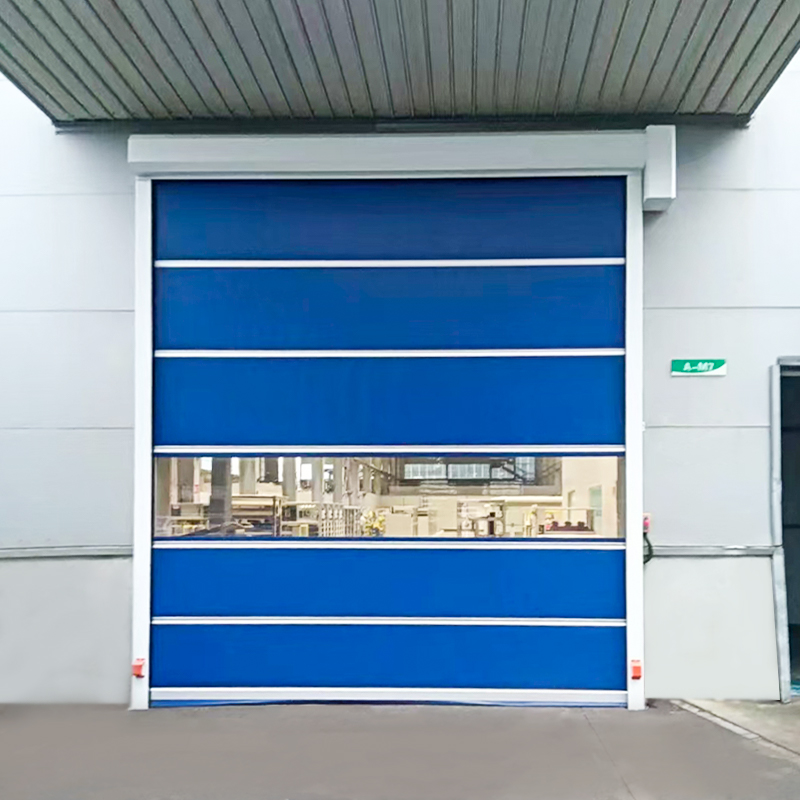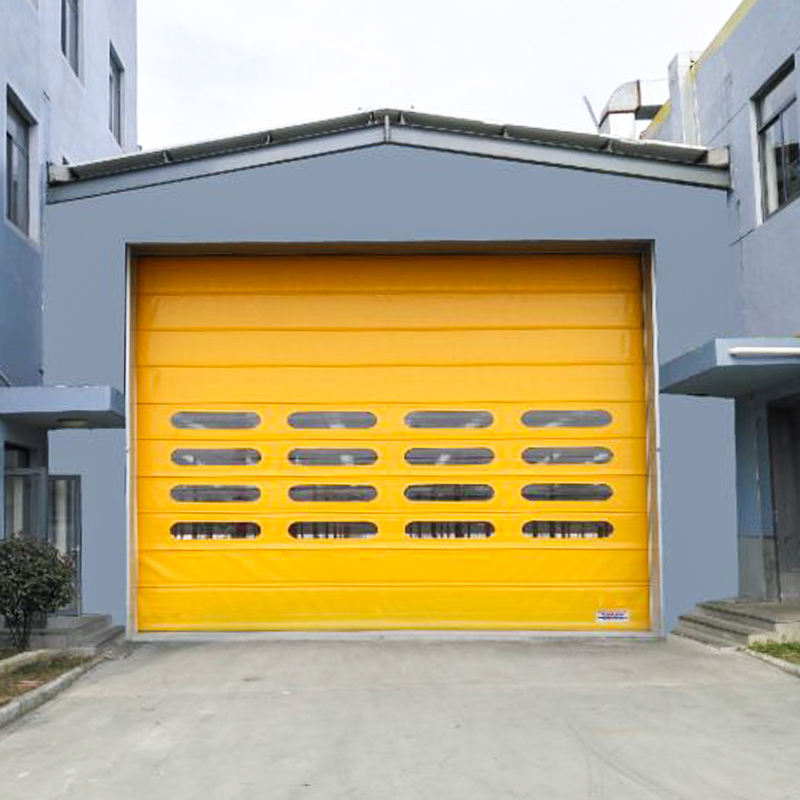Reinforced Structural Design and Load DistributionEOM Industrial Dock Levelers are engineered with...
Adjustable Height Range and Hydraulic Leveling Capability
The MYR Mobile Yard Ramp incorporates a height adjustment system that enables it to align precisely with various dock or trailer heights. In many professional applications, ground level variation and trailer deck height mismatches are unavoidable. To address this, the ramp includes a hydraulic or mechanical height control mechanism capable of raising or lowering the deck within a broad range (commonly around 38 to 65 inches).
This flexibility ensures that even if the yard has minor slopes or depressions, the ramp can be leveled to achieve a seamless interface with the loading platform. The hydraulic system uses a heavy-duty cylinder and pump mechanism that allows smooth vertical movement without compromising the ramp’s structural integrity. When the correct height is reached, locking valves or mechanical safety pins are engaged to stabilize the position.
From a user standpoint, this means that daily adjustments for different trailers, docks, or site conditions can be performed without specialized tools. The adjustability ensures consistent alignment and reduces the strain on forklifts when transitioning between the ramp and trailer, which directly enhances safety and productivity during operations.
Heavy-Duty Wheel and Undercarriage System for Terrain Mobility
One of the defining features of the MYR Mobile Yard Ramp is its integrated undercarriage mobility system, which typically consists of solid or pneumatic tires mounted on a reinforced axle. This allows the ramp to be relocated across various surfaces, including concrete yards, asphalt lots, and compacted gravel areas.
The wheels are constructed from durable compounds such as solid polyurethane or high-strength rubber, chosen for their resistance to deformation and their ability to absorb minor shocks when traversing uneven ground. This design ensures that the ramp maintains structural stability and that the underside of the frame does not scrape or drag when moved over irregular surfaces.
In many professional facilities, conditions such as cracked pavement, minor potholes, or uneven concrete joints are common. The MYR ramp’s mobile wheel system provides operational versatility, allowing repositioning without requiring ground rework or specialized towing equipment. It also means users can relocate the ramp to multiple loading bays or storage zones efficiently, saving both time and manual labor.
Reinforced Approach and Transition Plates for Ground Adaptation
The key engineering consideration in handling uneven ground is ensuring a smooth transition between the ground surface and the ramp’s incline. The MYR Mobile Yard Ramp achieves this through its reinforced approach plate — a thick steel plate designed to absorb impact and distribute weight evenly as forklifts enter the ramp.
This approach plate bridges small dips or irregularities in the ground surface, creating a gradual transition that minimizes equipment jarring and reduces the likelihood of forklift tipping. The plate is generally reinforced with structural ribs underneath, preventing deflection under heavy loads (often rated up to 20,000 lbs or higher).
The ramp’s upper lip plate, which rests on the dock or trailer bed, is equipped with locking chains or brackets that hold it securely in place, compensating for minor shifts or vibrations during use. These transition features collectively allow the ramp to perform reliably even when the ground beneath the approach area is not perfectly flat.
Serrated Steel Grating Surface for Maximum Traction on Uneven Terrain
When ground conditions are unpredictable, traction becomes a primary safety factor. The MYR Mobile Yard Ramp typically features a serrated steel grating deck that ensures continuous grip between the ramp surface and vehicle tires, even in wet or dusty conditions.
This serrated design serves two major functions:
Traction Enhancement: The open steel grating provides bite and grip, ensuring forklifts can ascend and descend the ramp safely without wheel slippage, even when the underlying ground surface is slightly uneven or contaminated by moisture.
Self-Cleaning Efficiency: The open-grid structure allows dirt, snow, or debris to fall through the ramp rather than accumulate, maintaining a consistent traction surface across extended use cycles.
This design also minimizes the weight load on the ground contact points by allowing rainwater drainage, reducing hydrostatic pressure and preventing ramp base instability. As a result, the ramp remains dependable across different outdoor conditions — from concrete yards to semi-gravel environments.
Adjustable Support Legs and Stabilizers for Uneven Ground Contact
Even with mobile adaptability, stability remains critical when a ramp operates on uneven surfaces. The MYR Mobile Yard Ramp addresses this through adjustable support legs or stabilizing pads located near the loading end of the ramp.
These legs can be adjusted independently to match varying ground elevations, ensuring full contact with the surface and preventing rocking or lateral movement. In some advanced configurations, the legs include wide footplates or pads that distribute the ramp’s weight evenly, reducing localized pressure points that could cause the ramp to sink into soft soil or asphalt.
For industrial users, this feature adds an additional layer of safety assurance. It eliminates uneven stress on the frame structure, maintains the ramp’s angle consistency, and allows precise leveling even when used outdoors where ground gradients may change over time due to weather or heavy vehicle movement.

 English
English Español
Español Tiếng Việt
Tiếng Việt

